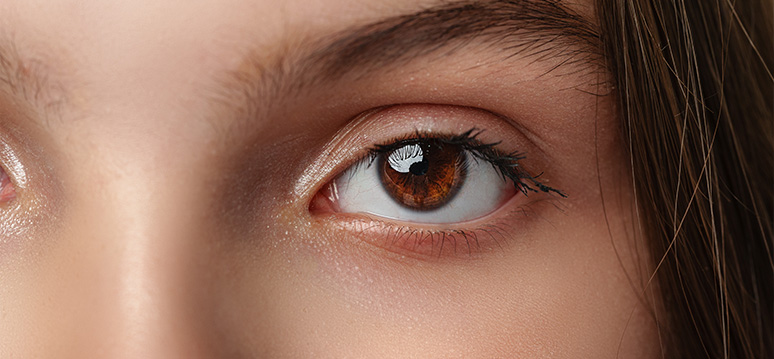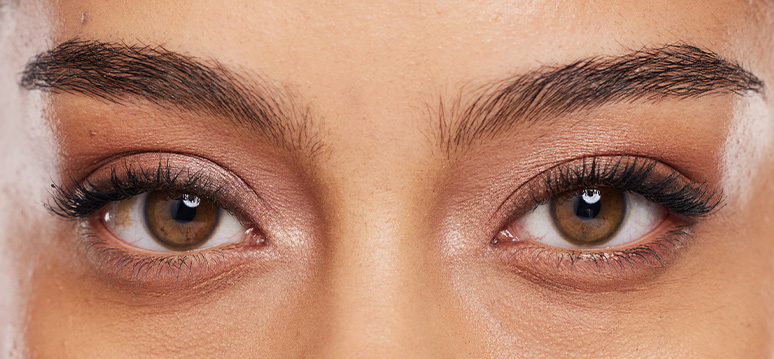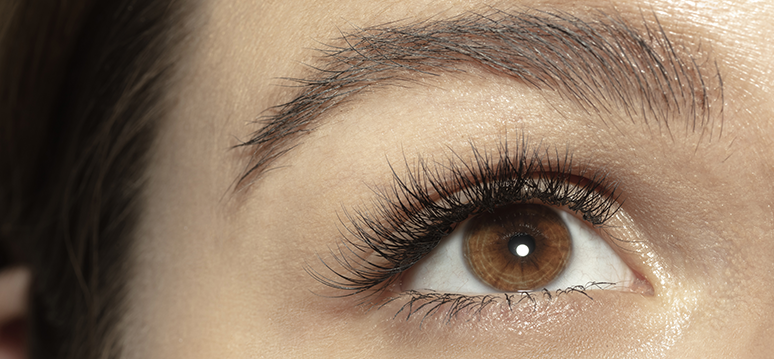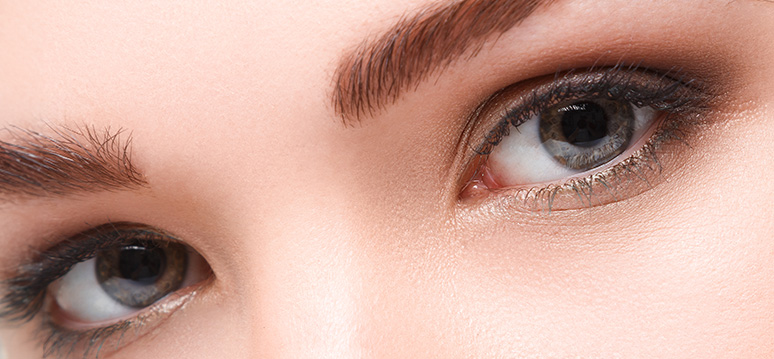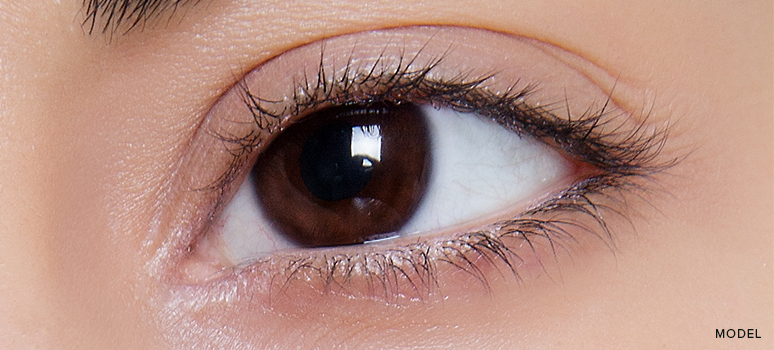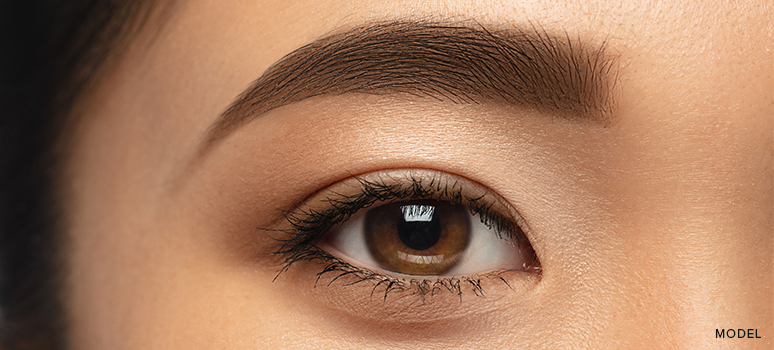Ever heard of upper blepharoplasty? With it, you can bid farewell to excess skin, muscle, and fat on your eyelids to refresh your look. This procedure, also known as “upper eyelid surgery” or “upper eyelid lift,” is a go-to for those battling droopy lids, puffiness, or just feeling a bit worn out. But hey, the journey doesn’t end with the surgery room lights dimming down. Nope, the upper blepharoplasty recovery phase is just as crucial for the maintenance of those refreshed peepers.
Upper Blepharoplasty Recovery
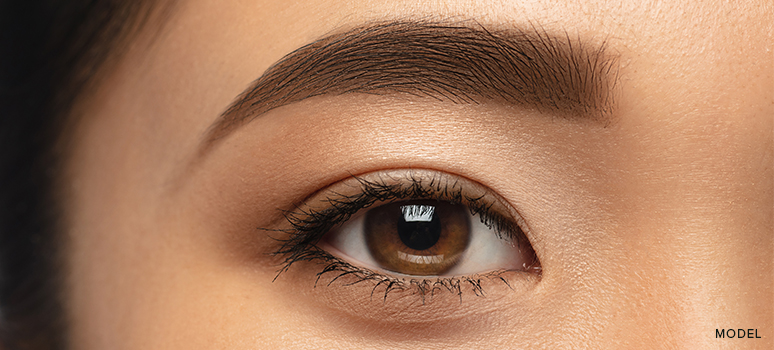
Recommended Article:
This transformative surgery can address drooping eyelids, under-eye bags, and puffiness, resulting in a more youthful and refreshed look. By enhancing the natural contours of the eyes, blepharoplasty not only improves aesthetics but can also boost self-confidence and overall facial harmony. Whether for aesthetic or functional reasons, this artful surgery offers a refined solution.
Before diving into the specifics of the recovery journey, it’s essential to grasp the basics of upper blepharoplasty. During this procedure, excess skin, fatty deposits, and muscle laxity contribute to an aged or heavy appearance of the upper eyelids. By carefully sculpting the eyelid contours, surgeons aim to create a more refreshed and youthful look for their patients. However, achieving these desired outcomes requires patience, dedication, and adherence to the post-operative instructions provided by the surgeon.
What to Expect Immediately After Surgery
Immediately following upper blepharoplasty, patients can anticipate some degree of swelling, bruising, and a small amount of discomfort around the eyes. This is a natural response to surgical trauma and typically peaks within the first 48 hours.
The First Week: Critical Steps for Recovery
During the initial week post-surgery, it’s crucial to prioritize proper wound care and follow the surgeon’s instructions diligently. This may include applying prescribed ointments or drops to the incision sites, avoiding strenuous activities or heavy lifting, and maintaining a consistent medication regimen. Patients should also refrain from wearing contact lenses or eye makeup until cleared by their surgeon to prevent any potential complications.
Weeks 2-4: Healing Progress and Adjustments
As the initial swelling and bruising subside, patients will begin to notice gradual improvements in their eyelid appearance. Follow-up appointments with the surgeon are typically scheduled during this time to monitor healing progress and make any necessary adjustments. While most individuals can resume light activities within a few weeks, it’s essential to avoid excessive sun exposure and strenuous exercises that may strain the eyes.
Long-term Recovery and Results
Over the ensuing months, patients will continue to experience refinement in their eyelid contours as residual swelling dissipates completely. By the three- to six-month mark, the outcomes of surgery should be apparent, revealing a more rejuvenated and alert appearance. However, it’s essential to remain vigilant for any signs of complications, such as infection or abnormal scarring, and promptly consult with the surgeon if concerns arise.
Tips for Optimizing Recovery
- Maintain a Nutritious Diet: Consume foods rich in vitamins and minerals to support the body’s healing process.
- Stay Hydrated: Drink plenty of water to keep the body hydrated, which aids in tissue repair and regeneration.
- Get Adequate Rest: Allow your body ample time to rest and recuperate by prioritizing sufficient sleep and avoiding strenuous activities.
- Avoid Smoking and Alcohol: Refrain from smoking and alcohol consumption, as they can impair circulation and delay healing.
- Protect the Eyes: Wear sunglasses to shield the eyes from harmful UV rays and use lubricating eye drops to prevent dryness and irritation.
Ready to transform your look?
Book a consultation today and take the first step towards rejuvenated, youthful eyes. At Memorial Plastic Surgery, Dr. Tyler McElwee, a leading specialist in facial aesthetics, along with our team of experts, will guide you through the upper blepharoplasty journey. Don’t wait—schedule your appointment now!



